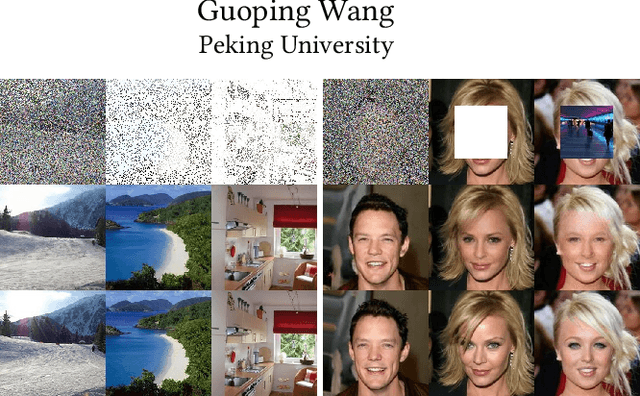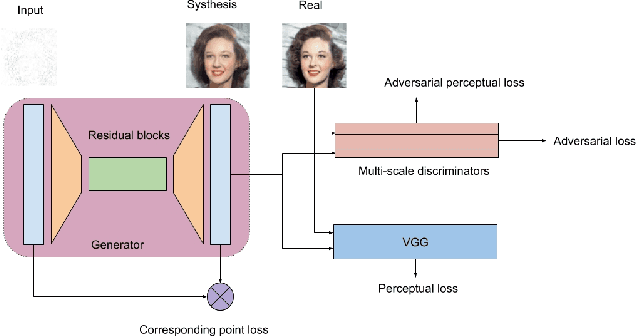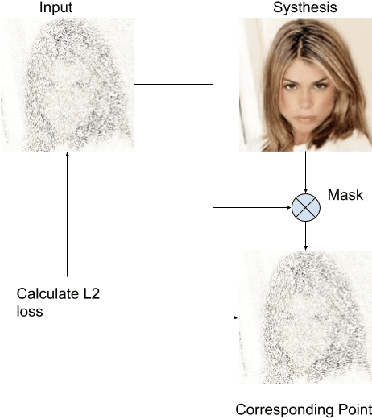Longfei Liu
From COCO to COCO-FP: A Deep Dive into Background False Positives for COCO Detectors
Sep 12, 2024



Abstract:Reducing false positives is essential for enhancing object detector performance, as reflected in the mean Average Precision (mAP) metric. Although object detectors have achieved notable improvements and high mAP scores on the COCO dataset, analysis reveals limited progress in addressing false positives caused by non-target visual clutter-background objects not included in the annotated categories. This issue is particularly critical in real-world applications, such as fire and smoke detection, where minimizing false alarms is crucial. In this study, we introduce COCO-FP, a new evaluation dataset derived from the ImageNet-1K dataset, designed to address this issue. By extending the original COCO validation dataset, COCO-FP specifically assesses object detectors' performance in mitigating background false positives. Our evaluation of both standard and advanced object detectors shows a significant number of false positives in both closed-set and open-set scenarios. For example, the AP50 metric for YOLOv9-E decreases from 72.8 to 65.7 when shifting from COCO to COCO-FP. The dataset is available at https://github.com/COCO-FP/COCO-FP.
A Multi-scenario Attention-based Generative Model for Personalized Blood Pressure Time Series Forecasting
Sep 07, 2024Abstract:Continuous blood pressure (BP) monitoring is essential for timely diagnosis and intervention in critical care settings. However, BP varies significantly across individuals, this inter-patient variability motivates the development of personalized models tailored to each patient's physiology. In this work, we propose a personalized BP forecasting model mainly using electrocardiogram (ECG) and photoplethysmogram (PPG) signals. This time-series model incorporates 2D representation learning to capture complex physiological relationships. Experiments are conducted on datasets collected from three diverse scenarios with BP measurements from 60 subjects total. Results demonstrate that the model achieves accurate and robust BP forecasts across scenarios within the Association for the Advancement of Medical Instrumentation (AAMI) standard criteria. This reliable early detection of abnormal fluctuations in BP is crucial for at-risk patients undergoing surgery or intensive care. The proposed model provides a valuable addition for continuous BP tracking to reduce mortality and improve prognosis.
X-GANs: Image Reconstruction Made Easy for Extreme Cases
Aug 06, 2018



Abstract:Image reconstruction including image restoration and denoising is a challenging problem in the field of image computing. We present a new method, called X-GANs, for reconstruction of arbitrary corrupted resource based on a variant of conditional generative adversarial networks (conditional GANs). In our method, a novel generator and multi-scale discriminators are proposed, as well as the combined adversarial losses, which integrate a VGG perceptual loss, an adversarial perceptual loss, and an elaborate corresponding point loss together based on the analysis of image feature. Our conditional GANs have enabled a variety of applications in image reconstruction, including image denoising, image restoration from quite a sparse sampling, image inpainting, image recovery from the severely polluted block or even color-noise dominated images, which are extreme cases and haven't been addressed in the status quo. We have significantly improved the accuracy and quality of image reconstruction. Extensive perceptual experiments on datasets ranging from human faces to natural scenes demonstrate that images reconstructed by the presented approach are considerably more realistic than alternative work. Our method can also be extended to handle high-ratio image compression.
 Add to Chrome
Add to Chrome Add to Firefox
Add to Firefox Add to Edge
Add to Edge